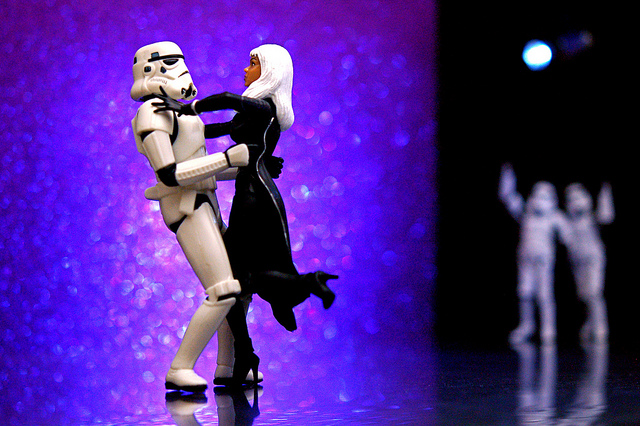
Folks, this is the best post on writing sex scenes I've ever read: 25 Humpalicious Steps for Writing Your First Sex Scene, By Delilah S. Dawson (Author Of Wicked As She Wants).
As you might imagine from the title--"Humpalicious" was a dead give away--this post comes from the incomparable blog of Chuck Wendig.
Here are my favorite bits of advice:
4. Write the scene in one sitting
Just as with sex, it doesn't improve if you stop in the middle to go grocery shopping.
5. Don't self-edit
Don't re-read what you've written, don't look back. Delilah writes:
Do not look back while you’re writing it or think about how wretched it [the scene] is. Of course it’s wretched. It’s the literary equivalent of virgin sex.
6. Keep the same point of view
[W]riting sex is far more fluid ... if you limit yourself to one character’s thoughts, feelings, and sensations. Not only does this help the reader keep track of pronouns and hands, but can you imagine having sex if you had to hear every single thought the other person was having?
7. Read how other writers have written sex scenes
Yesterday I wrote about how to improve one's prose. That exercise would work here. Find a book that contains sexy scenes you think are well done. Pick one of them and copy it out--or at least two pages of it. Then, try to write a few paragraphs in the same voice, using the same setting.
Do this with, say, three of the scenes and then move on to another book.
Conveniently, most romance novels have (at least) three sex scenes. Delilah writes:
Most romance novels have a kissing or make-out scene that surprises both characters early on; one very detailed “first sex” scene somewhere between halfway and three-quarters of the way through; and then at least one other, “Oh, okay, we’re good at this; let’s hump HARDER scene” closer to the end. Your mileage/sexytimes meter may vary. But keep writing until it’s done.Identify the book's three core 'sexy scenes', write each of them out, then try and match the author's voice.
14. Have a sequel after the sex scene
Jim Butcher has written an excellent post on sequels. Sex scenes are action scenes, so they need to be followed by a sequel. Delilah writes:
Your story needs a lull, an afterglow, a reaction to the sex just as honest as people have in real life. It doesn’t have to be all cupcakes and rainbows—maybe he storms off, maybe she runs for the shower, maybe they tell Muppet jokes while he offers her a Clorox wipe. But what happens immediately following the sex can be just as important as the sex. It may seem like a small thing, but falling asleep in a lover’s arms (or not) for the first time can be a big deal. Especially if he’s the kind of guy who has a hook for a hand.
15. Sex complicates relationships
After sex, the characters will glance away, avoid eye contact, doubt themselves, doubt each other, maybe rethink their involvement. Chances are, one of them feels more secure than the other. At the very least, even if they’re both happy, something in your story must push them apart, or they would just spend three months in bed, humping like rabbits.
19. Get the details right
"Have a clear idea what the characters are wearing before they start to get undressed" and then remove it in a sexy fashion.
So, um, NOT like real life.
21. Make the sex count
Delilah writes:
[Your sex scene] should move the story forward and somehow affect the characters emotionally. Maybe the hero learns to open up, maybe the heroine decides she wants to be more aggressive in her real life, maybe they’re just having what they think is a last fling before a giant orc battle. But it has to mean something, or else it’s just porn.
22. Get a second opinion
You need this. It's next to impossible to be objective about your own work and when it comes to writing good sex its doubly important--triply important--to get objective feedback you can trust. Did they think the scene was sexy?
23. Let it go.
This is true for any story, after you've done your best, after you've edited, given it to beta-readers--whatever your process is--let it go.
Dean Wesley Smith has written a lot about this, especially lately. Do the work send it out, let it go, and turn to the next project.
# # #
By the way, at first I was convinced that Chuck Wendig and Delilah Dawson were one and the same person because their writing styles are similar but then I looked at Delilah's site, did a Google search (or two), and came across this picture of Chuck sitting beside Delilah. Here's the post: a kick in the inspiration bone: Crossroads Writers Conference.
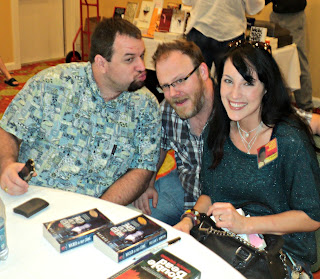 |
| Click to enlarge |
Other articles you might like:
- 4 Ways To Get An Audience To Love Your Story- How To Create A Press Kit
- Book Design: What NOT To Do
Photo link: "Dancing With The Storms" by JD Hancock under Creative Commons Attribution 2.0.

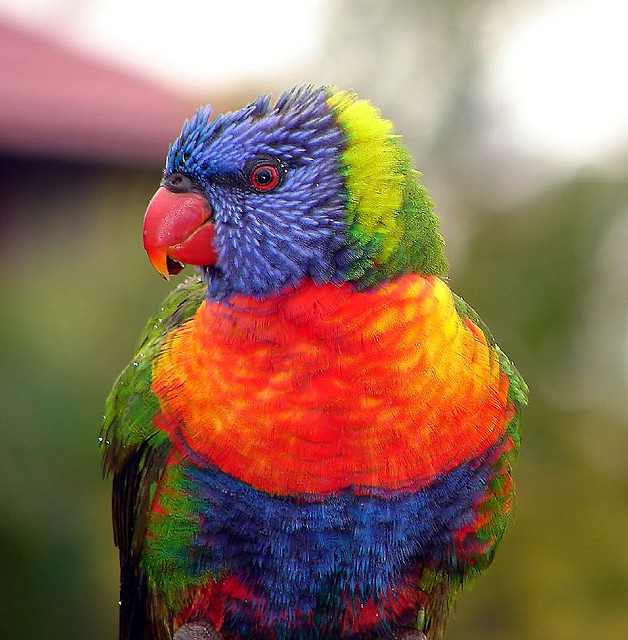









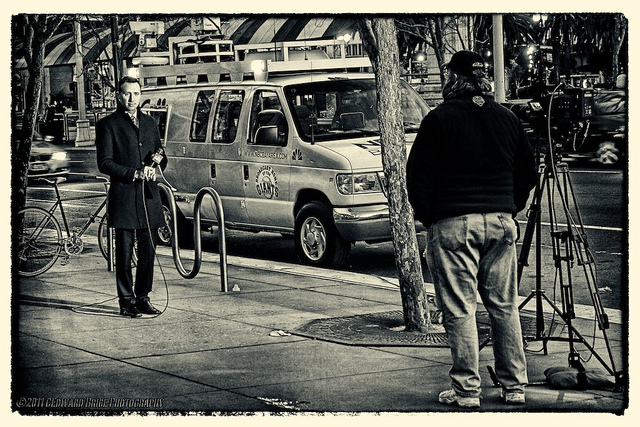
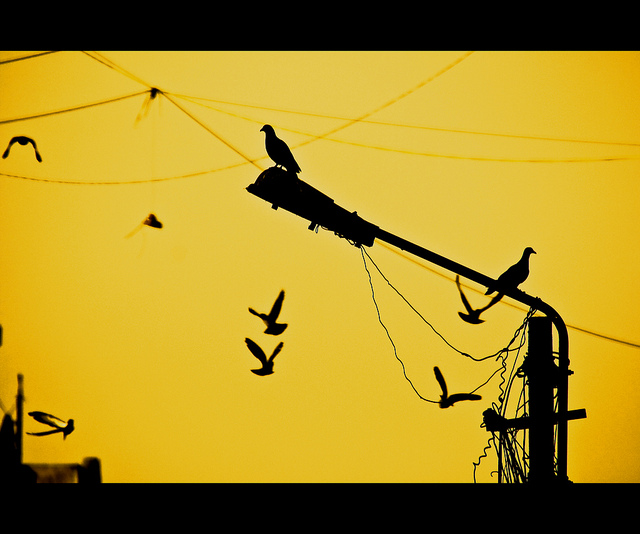




Wow, this is teaching me a lot about some myths I knew existed, just didn’t think were very deep. I was wrong. (grin) I have no idea why anyone would read a book if they already knew everything that was going to happen in the book just as I have clearly little understanding of why any writer writes a book they already know all the details about. I had to do that under contract a couple of times and those were the worst and hardest for me. (Ghost Novel: Day 2, Comments)